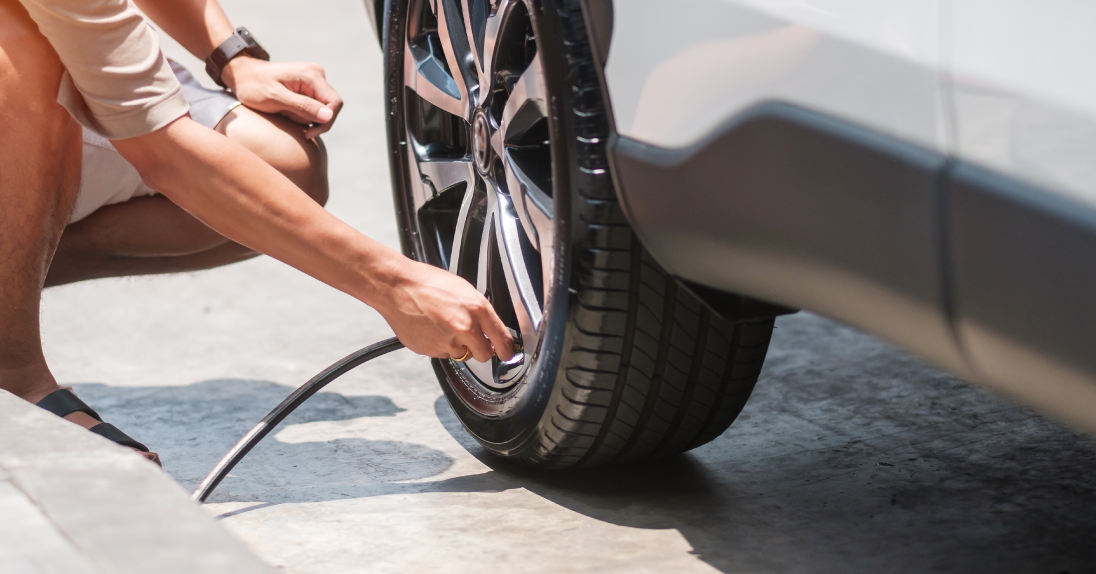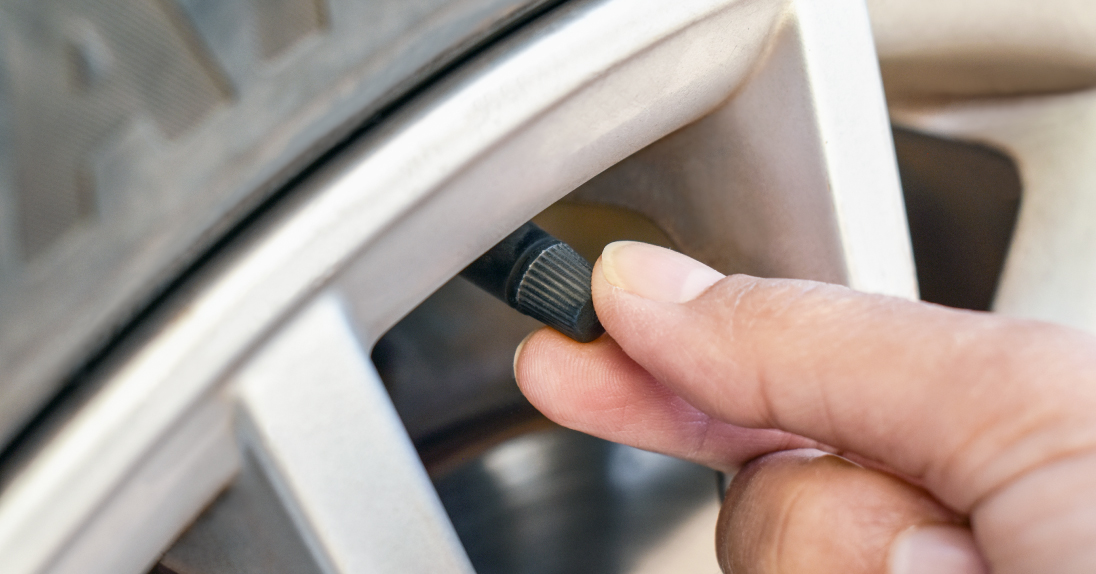Your safety on the road depends mainly on how well maintained your cars’ parts are- with particular emphasis on keeping tyre inflation balanced at all times. We understand that many people often ask themselves "How do I put air in my tyres?" Worry not because this blog post offers insightful tips on adding air into tyres- hassle free.
By following our friendly guidelines below. You'll be amazed at how straightforward adding air in tyres can be. From discussing tyre inflation basics beforehand always comes first before diving straight into inspiring DIY tyre pumping techniques.
We believe that every driver deserves comprehensive knowledge that helps them enjoy a more pleasant driving experience whenever they hit the road!

Ensuring that you inflate your tyres is of utmost importance for several reasons that affect both safety and economy similarly: firstly; it contributes largely to having optimal handling and stability while driving on a road or highway safely. Properly inflated tyre provide efficient traction essential for navigating corners with ease alongside braking effectively as well as responding confidently in all weather conditions. On the other hand, an under-inflated tyre can complicate this process by compromising a Vehicle's overall performance making it hard to maneuver, putting you at risk of accidents.
Moreover,maintaining correct tyre pressure boosts fuel efficiency as it reduces rolling resistance therefore decreasing workload stress on engine making driving experience more economic ! By frequently checking and adjusting Air pressure, you manage fuel expenses while minimizing carbon footprint impacts leaving you satisfied with lower operating expenses.
Additionally, tyre longevity is closely related to proper inflation management because an under-inflated tyre increases wear/tear rates along their edges resulting in premature tyre failure, hence expensive replacements resulting in costly expenses. Optimal inflation ensures that you extend tyre lifespan and reduce costs thereby managing your budget on its expenses in the long run.
It's essential to know when it's time to put air in your tyres. The first indication is often a visual inspection. If you notice that your tyres appear deflated or sagging, it's a clear sign that they require inflation. Additionally, if you experience a decrease in handling performance, such as poor steering response or difficulty maintaining control, it may be an indication of underinflated tyres.
Another method to determine when to add air is by regularly checking the tyre pressure using a tyre pressure gauge. It's good practice to check your tyre pressure at least once a month and before long trips. If the measured pressure falls below the recommended PSI (pounds per square inch) provided by the vehicle manufacturer, it's time to add air.
Let's walk through the process step-by-step:
And that’s it! This way, you can put air in your tyres on your own. However, if you need help, you can always ask for assistance since many service points have technicians to check air pressure in your tyres .

To ensure a successful tyre inflation process, here are a few helpful tips:
The recommendedtyre pressure for your vehicle can typically be found in the owner's manual, on a sticker inside the driver's door jamb, or sometimes on the fuel filler door. It's important to follow the manufacturer's guidelines for optimal performance and safety.
The recommended pressure is usually given in PSI (pounds per square inch). Different vehicles and tyre sizes may have varying recommendations, so it's crucial to refer to the specific information provided by the car manufacturer for your vehicle. Typically, passenger cars have recommended pressures ranging from 30 to 35 PSI, but this can vary, especially for larger vehicles or those carrying heavier loads.
Putting air in your tyres is a simple yet essential task that directly impacts your safety, fuel efficiency, and tyre longevity. By understanding why you should maintain proper inflation, knowing when to add air, following a step-by-step guide, and adhering to the recommended PSI, you can confidently keep your tyres in their optimal condition. Regular tyre pressure checks and correct inflation are key to a smooth and enjoyable driving experience. So, stay safe and keep your tyres healthy!